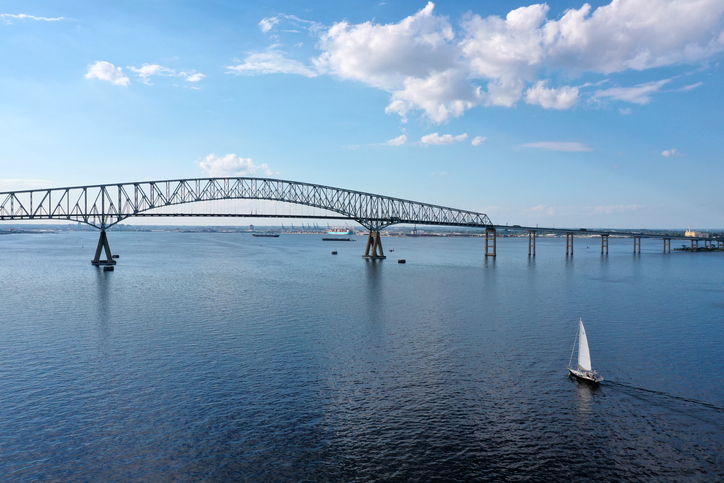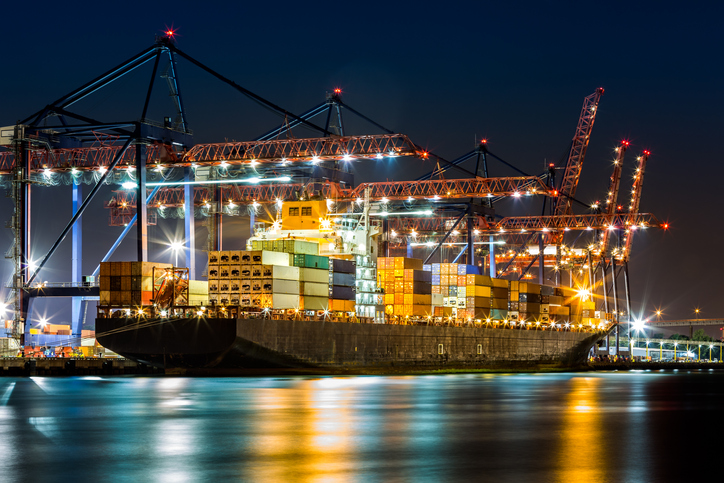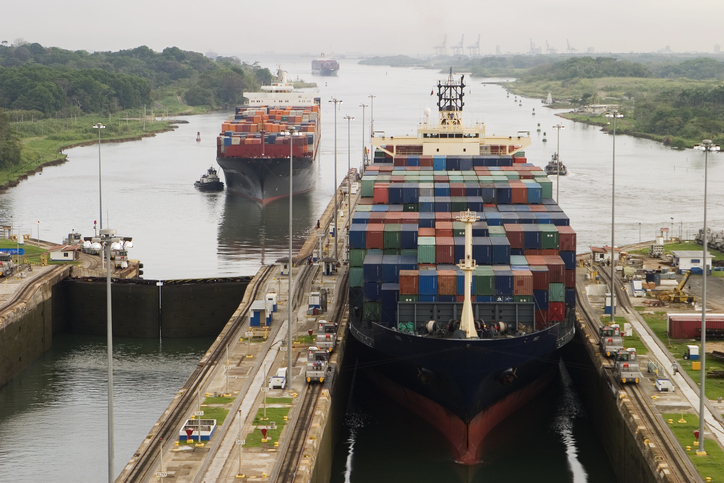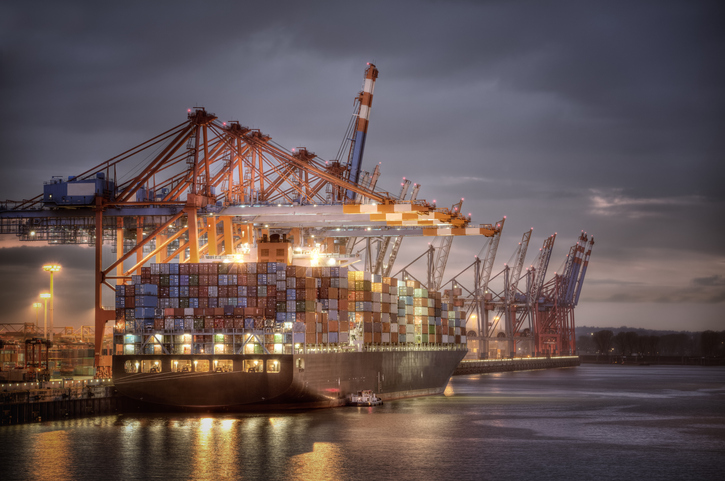
The Weekly Roar
In this week’s Roar: the bridge collapse at the Port of Baltimore, more data on shifting imports in the U.S., improvements at the Panama Canal, accusations against four shipping lines, and a disconnect on expectations for technology.
Early Tuesday, March 26, a large section of the Francis Scott Key Bridge in Baltimore collapsed after a container ship — chartered by Maersk but managed by the Synergy Group — lost power and rammed into one of its supports. The bridge provides commercial shipping access to the Port of Baltimore, but there are alternate routes for trucks. However, the Maryland Transportation Authority has said that vehicles transporting hazardous materials may not use some of those alternates. Keep in mind that this is a developing situation, and the full scope of its impact won’t be understood for some time.
The shift in imports from the West Coast to East Coast ports is presenting a challenge. Between 2018 and 2023, Chinese imports fell by 3% a year, while imports from other Asian countries grew by 8% on average annually — and those declining Chinese imports go through West Coast ports. There’s an ongoing investment in East Coast ports to accommodate the increased volume, but there are concerns about whether this will be enough. And while rail transportation is seen as a potential solution, it has its own challenges, including the need to adapt to shorter distances and develop more customer-focused services.
Has the tide finally changed at the Panama Canal? As drought conditions continue to improve, the Canal Authority has increased daily booking slots and implemented long-term solutions. As of March 25, the Canal increased daily slots to 27, thanks to higher water levels. And since the rainy season typically starts around April or May, this should further replenish the Gatun Lake and provide more water for the canal.
There’s some very serious finger-pointing at four shipping lines — Maersk, MSC, Hapag-Lloyd, and CMA CGM, to be specific. They’re being accused of overcharging for the EU ETS, to the tune of millions of euros in surcharge profits. To break that down, the four are said to be making “surcharge profits” of €122,000 combined on average for each voyage. Transport & Environment (T&E) says that the lines are basing surcharges on an inflated carbon price, but the lines are denying the accusations.
There’s a disconnect between technology expectations and reality in many companies. A new poll from Price Waterhouse Coopers reveals that 69% of executives feel their technology isn’t delivering the expected results. Perhaps this is because companies lack a clear strategy for their digital transformation since the survey shows that only 20% utilize advanced AI and less than a third prioritize building a digital workforce or automation. Price Waterhouse Coopers recommends that companies integrate digital initiatives across the supply chain with a clear business case and employee buy-in. They also need to plan and scale AI adoption to ensure effective utilization.
For the rest of the week’s top shipping news, check out the article highlights below.









